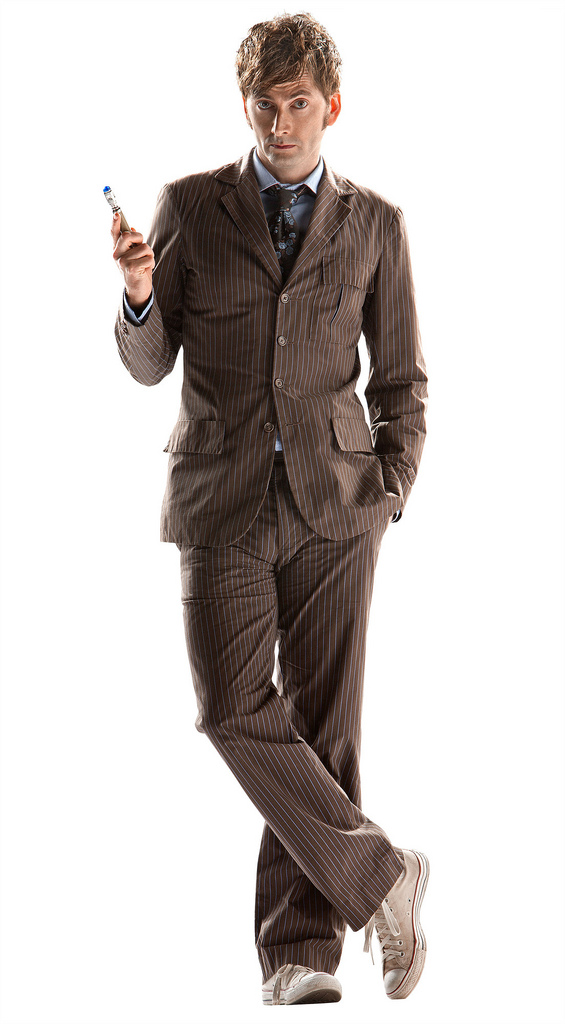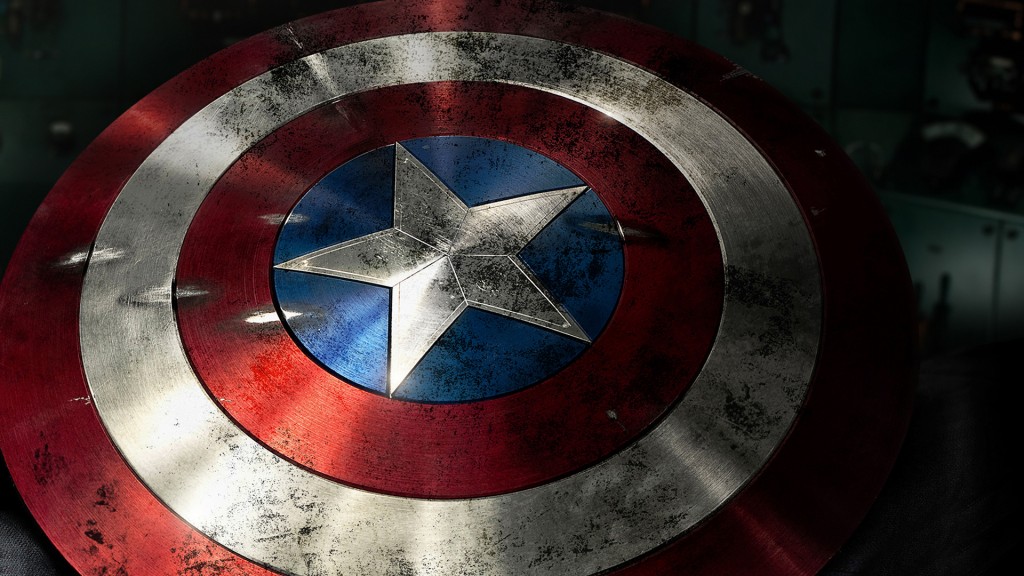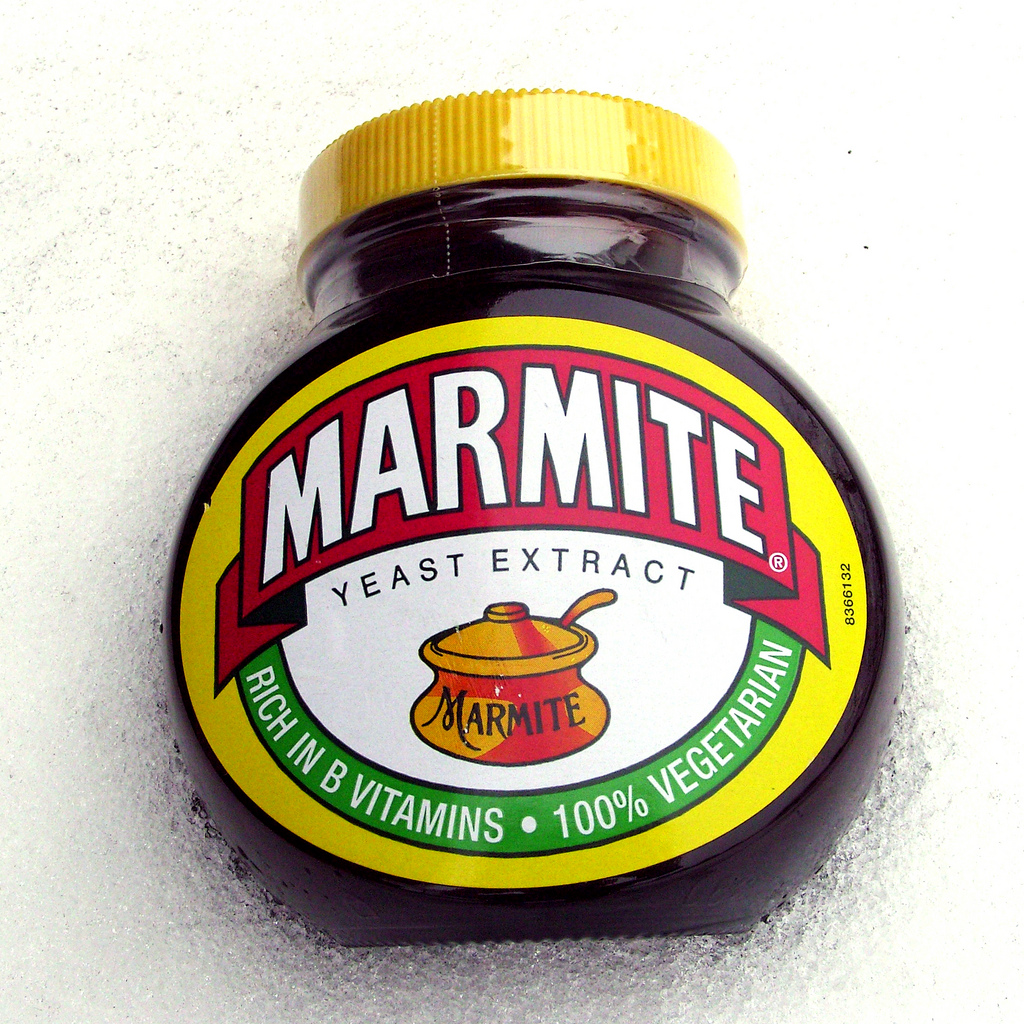Internet Language: The Emoji Evolution
So far in this internet series, we have seen how the internet is only truly universal if you speak a certain language, and how acronyms and internet slang have become everyday words for us all. This week, we’re taking a look at emojis 😎.
If you are one of those serial texters who have perfected the art of the rapid two-thumb shuffle, receiving a one word answer quite possibly makes you scowl. Receiving a response in the form of nothing more than an emoji, after you have lovingly typed out lines and lines of text waxing lyrical about whatever lyrics up your wax today, we can only speculate, would not have a favourable reaction 😡.
Emojis are so widespread in their usage now, that a WhatsApp message looks incomplete without a little face of some sort, and to reblog something on Tumblr without even so much as a heart makes you appear very heartless indeed. We could be exaggerating. But then again, maybe we’re not: that’s up to you to interpret.
If you know your emoji evolution, you’ll also know that they started life as emoticons, a portmanteau, or amalgamation of the words emote and icon. Your emoji history professor might cite early sources such as Johannes V. Jensen, who in 1900 stylised his letters with a happy and sad face pictogram resembling the simple smiley used today. Or perhaps if they’re feeling feisty and up for a debate between poetics and linguists alike, they would push it back even earlier in time, and quote Robert Herrick’s The Fortune as displaying the first ever emoticon in 1648.
From whenever the true first emoticon appeared, there has been a new language to learn; a way to communicate, or enhance your sentences using a series of symbols normally used solely for punctuation. Whether you found emoticon usage angelic, O:‑) , or devilish, }:‑) , the odd emoticon probably slipped into your everyday messaging toolkit before you even realised it was there.
Emoticon usage has evolved, and we’re not just talking about those who wanted to show how much more savvy they were than us by switching the humble 🙂 for a (: .
True pictorial ‘progress’ came along to us in 1999, when picture message use was at an all time high. At least it was in Japan, where phone operator DoKoMo i-mode first allowed their users to use popularised emoticons in their texts.
Bored yet? |‑O (that’s supposed to be a yawn, in case it wasn’t obvious…)
Engineers produced complicated segments of code, so that emojis could be displayed as single characters. And that, pretty much, made (emoji) history.
Tears of happiness moved on from :'‑) to tears of joy (Oxford Dictionary’s ‘word’ of 2015), or even a loudly crying face, if you wanted to be particularly emotional.
Emojis are still on the move forward, with WhatsApp opening up options to choose between a range of skin tones to represent all nationalities .
And if that isn’t progressive enough, you can now celebrate your same sex partnerships ![]() along with your heterosexual
along with your heterosexual ![]() ones, and join us all in a beautiful display of embracing solidarity and acceptance on a unicorn rainbow parade
ones, and join us all in a beautiful display of embracing solidarity and acceptance on a unicorn rainbow parade ![]() . In theory. Haters gonna hate, whatever you do sometimes…
. In theory. Haters gonna hate, whatever you do sometimes…
Because it seems, not all of us are happy.
Whilst coders for both Apple and Google app products have gone out of their way to expand the amount and range of emojis available, there is still a distinct amount of gender stereotyping. Where princesses are only ever women ![]() , and police officers are arguably only ever male
, and police officers are arguably only ever male ![]() , and there are so many decidedly pink and blue options available to choose from without a neutral distinction between them; at times it seems we have stumbled into a Mamas and Papas store, when we only popped out for Dunkin' Donuts
, and there are so many decidedly pink and blue options available to choose from without a neutral distinction between them; at times it seems we have stumbled into a Mamas and Papas store, when we only popped out for Dunkin' Donuts ![]() .
.
It’s a sometimes-confusing world out there in emoji-land .
Learning a new language? Check out our free placement test to see how your level measures up!
One very exciting aspect of using the emoji from a communication perspective, is that the emoji is truly universal. An emoji is like having a babel fish in your pocket at all times, or taking a spin in the T.A.R.D.I.S. Because whatever the language barrier, a simple picture will help you get across exactly what you mean. If we could just get a handle on that psychic paper...

Why isn’t there an emoji for a sonic screwdriver? Via Flickr / Flickr
We have already said in this Internet Language series, that emoji use and range on the internet has developed faster and reached further than some of the real languages we use to converse in online. The emojitracker shows real-time usage of emojis appearing on Twitter, and even the quickest glance will show you just how viral emoji use is. ![]() makes the biggest appearance by far and
makes the biggest appearance by far and ![]() also appear in the top ten of those most used.
also appear in the top ten of those most used.
Emoji usage is more or less the same internationally
Though there is, of course, a little variation. France , being the romantic thing that it is, sends more heart emojis than it does smiley faces (aww 🙂 ). Whilst at the other end of the scale, Canada proves to be more than the land of the apologising pacifist, using emojis for money, raunchiness and violence more than any other nation . There’s an interesting report on worldwide emoji-use by Swiftkey if you want to know a little more.
But what about the impact on language itself? Are emojis really an enhancement to the written word, or an infringement on emotive expression?
In the time BE (Before Emoji), to decipher between an Ok, Ok. and Ok… was to worry yourself senseless over hidden meanings and subtext. How could you possibly tell if a correspondent was disinterested, disillusioned, or dissing you from afar?
Now, with a little ![]() attached, we might all stand a better chance of understanding each other.
attached, we might all stand a better chance of understanding each other.
So what happened to getting your point across with real, actual language? Well, nothing really. Those of us who like lots of lovely long words are not going to be put off by the odd emoji grinning up at us apishly. But for those less wordy amongst us, the emoji opens up entirely new ways to express what we are really feeling: ![]() .
.
If nothing else:

That is no sun… that’s a space station… oh wait! Wrong fandom, carry on… via Flickr / Flickr
The explosion of the emoji all over the internet makes you wonder if Egyptologists have been getting hieroglyphs wrong all these years, doesn’t it? ![]() might not have represented the sun at all: it’s very possible that the Ancient Egyptians were Marvel fans, and were (in advance) fan-girling Captain America.
might not have represented the sun at all: it’s very possible that the Ancient Egyptians were Marvel fans, and were (in advance) fan-girling Captain America.
Perhaps we’re just getting over-excited.
Or perhaps, we just need to get out more. According to Match.com, those with heavy emoji use in their messages have got sex on the brain… ![]() .
.
Whatever’s happening: emoji popularity is flourishing, and from the looks of things is here to stay. Embrace it!
For our final look at internet language next week, we’ll be delving into the (sometimes) murky world that is social media. We’ll see you then!
| 😐 |




